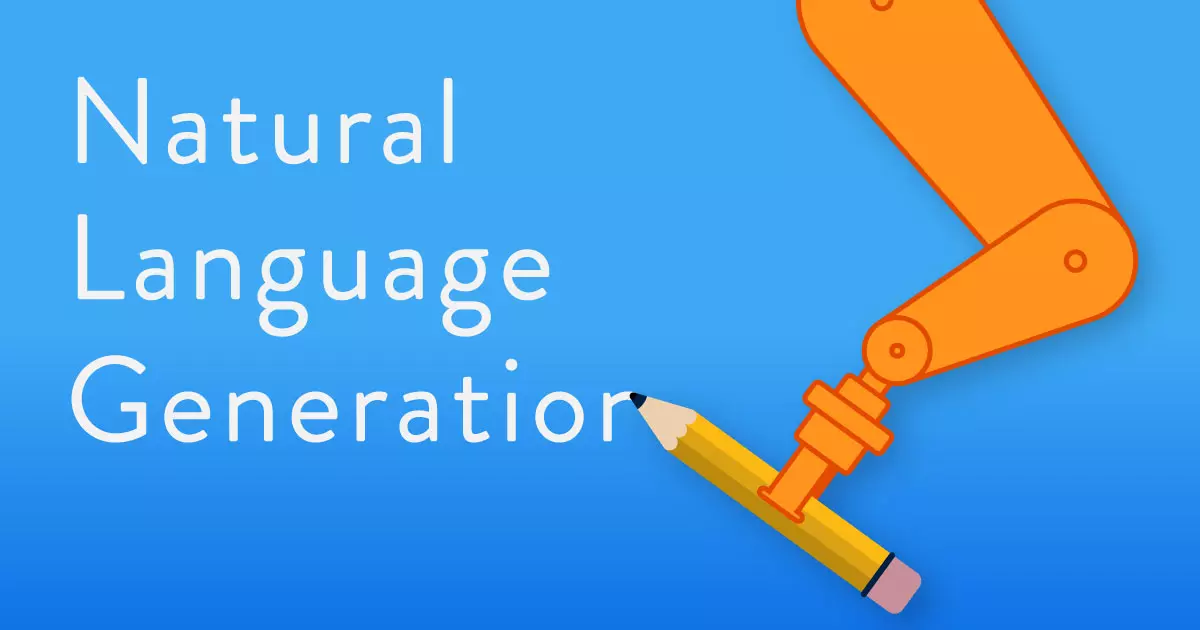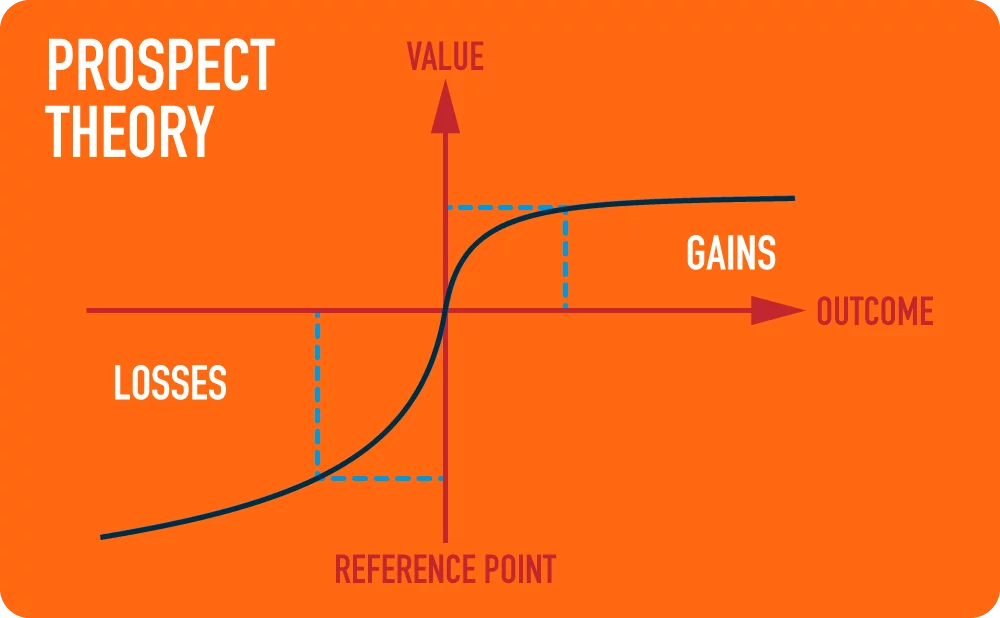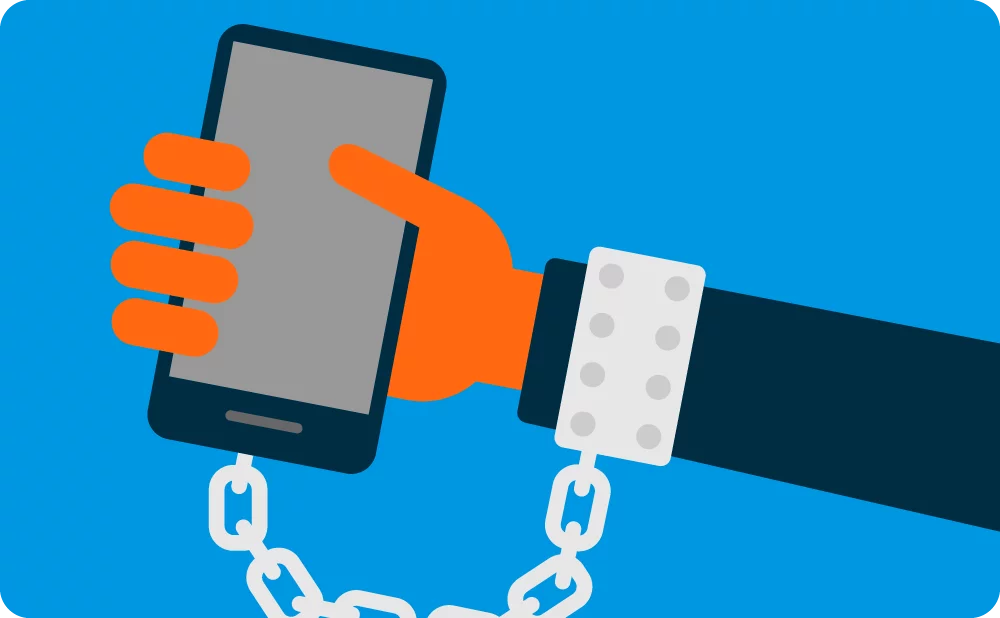How to Use AI to Make B2B Content More Effective, the Human Way

I just saw another "writing robot"—otherwise known as an Artificial Intelligence (AI) Natural Language Generation (NLG) software platform—make the claim that it "writes better body copy than humans." This is not one of those content-optimization or writing enhancement tools that analyze emotion and grammar and require some human assembly.
The newest NLG tools are actually writing engaging emails and social posts without human intervention. They're dispelling the idea that human advertisers possess some sort of “creative magic."
True, NLG is not creating B2B marketing or social media content. But other NLG platforms—notably, Narrative Science (Quill) and Automated Insights (Wordsmith)—are authoring financial reports and product descriptions.
The humanoid side of artificial language
It's safe to assume that NLG tools will soon be affordable and smart enough to create many forms of B2B content. So right now, it's worth asking some very basic questions:
- What exactly is the value of having human beings—such as social media managers, marcom managers and their agencies—create B2B marketing communications?
- Is it possible for AI technologies and gigantic media platforms (Facebook, Amazon, Google) to take over the professions formerly known as advertising and marketing communications?
Let's admit that in certain communication situations, robots can easily beat humans. If you have the scale and the budget, NLG platforms excel when your communications involve:
- Analyzing thousands of social media comments and product reviews to understand how customers feel. (Text analytics and sentiment analysis tools can give you real-time customer feedback to let you respond
- Creating thousands of structured, short-form messages—such as email, product descriptions or statistical/trend reports. (NLG can write entire email campaigns.)
- Turning a dataset with size, weight and other numerical values into human-readable text. (NLG can even write fantasy football reports.)
Ironically for NLG to be successful, it needs data to be structured to the point that a human being could create the content manually. NLG platforms use machine-earning algorithms that must be trained by humans. Only then can the program improve its future output.
A lot of human intervention is needed, because NLG is using "narrow" AI technology. Purpose-specific algorithms are stacked together to generate useful content—in some cases, more effectively than humans. But NLG can't easily shift context and meaning, which humans can easily do.
The human side of marketing communications
The human thought process is notorious for being distractible, irrational, intuitive, fast and slow rather than rational and machine-like.
Is that a "bug" or a "feature?"
"Think about how a customer thinks," urges Don Schultz, professor emeritus-in-service at Northwestern University and pioneer of integrated marketing communications as a discipline. "It's not a linear customer journey. Customers go here and there, up and down, over and under, then back down and start over again. This convoluted process is how people actually make decisions. Its largely impulsive. And it's distinctly human."
He observes that AI technologies are "mathematical nuts and bolts the whole way down. Analytics tools are generating an incredible amount of data. It's coming out of our ears. We know what's happening. But not why. If human marketers want to avoid becoming obsolete, then it's important to understand the why's of customer engagement. It's easy to be enamored by new technology. But it's always changing. Smart marketers will focus on the human dimension: their customers' needs, impulses and motivations."

Human marketers have an innate ability to interpret and understand where the other person is coming from—an ability known as Theory of Mind. Because of Theory of Mind, you can see that the other person has thoughts, desires and intentions—and get a sense of their future actions.
Because human beings are wired for Theory of Mind, both marketers and customers prefer personal, face-to-face meetings—if time and money allow. That's why trade show attendance, in spite of predictions of its demise, is hitting all-time highs in some professions.
Humanizing NLG and Machine Learning Pays Off
Unfortunately, the technology interface can blur the mind-to-mind, human-to-human relationship. One study shows that 55% of B2B marketers are unclear on what an effective or successful content marketing program looks like. Only 30% said their content marketing is effective.
What can change the trend of digital content becoming less and less meaningful to humans?
Jeff Nowak's team at Boost Linguistics is trying to find a solution. Boost Linguistics designed the first tool that gives content creators the power to put more (or less) emotion into their messages. "Our editing platform lets writers see which words make content emotional," he explains. "Then they can choose words and phrases that boost emotional impact."
The idea is to put humans in the driver's seat of content creation. But according to Nowak, "Some of our customers said, 'Jeff, this is a neat tool to help me put emotional words into content—but can you make the computer just write the whole thing for me?'"
There's a big problem with letting AI take over completely.
NLG produces verbal structures as a statistical computation process, but it doesn't tell stories as a meaningful shared experience.

"No one ever made a decision because of a number. They need a story," says Daniel Kahneman, a founder of modern decision theory and behavioral economics. And the stories that are meaningful to B2B customers are the stories they tell themselves about whether they will regret buying from you or missing a deal if they don't.
Here are three ways to use AI to help you be a more influential B2B storyteller:
- Use artificial intelligence tools to sharpen your intelligence, not replace it.
Trained experts work better with AI than without. In medicine, for example, deep learning tools can correctly detect abnormal cancer cells 92% of the time. On the other hand, expert human pathologists are 96% accurate. But together, they achieve 99.4% accuracy. As with medicine, AI can help communications experts objectively identify factors that make B2B content more effective, which eliminates a lot of guesswork. - Use smart calls-to-action.
Make it easy for customers to signal why they're doing what they're doing. "Learn more" and "download now" are dumb calls-to-action. Instead, use smart calls-to-action—"I want to explore options," "I need to solve a problem," "I want to save energy"—that let customers tell their story without the hassle of filling out a form or coughing up personal data. - Use micro-fulfillment to deliver practical, personalized content.
Content management systems (CMS) can help you deliver more personalized content to customers. But they can be complex for average-size B2B marketers. A more affordable solution is to combine smart calls-to-action with modular edits on existing PDFs and destination pages. This lets you serve up content that keeps customers motivated without engineering a vast personalization solution.
Designing human digital experiences for effective B2B social content
With the proliferation of technologies, it's easy to lose our minds about how to make the digital experience a human one. Creating B2B content that is surprisingly accessible—even entertaining—is particularly important for Millennials.
Research shows that Millennial customers are ambivalent about technology: "Their hunger to experience 'real' connections as well as digital ones might encourage offering not just digital content, but live events or opportunities for people to touch, talk and connect in person."

The data explosion is yielding tons of fragmentary information points about users. Discovering meaningful patterns among the debris requires understanding human psychology, not just digital technology—as social-media attention engineers and hijackers know.
With the appropriate AI tools, you can create personalized content that resonates with customers right from the start. More than that, you can give customers a meaningful experience, so they sense their online time is well spent.
No matter what a writing robot can say, you and I know how that feels. So, when pondering how AI will affect your B2B marketing communications, remember one thing: Your mind is a terrible thing to waste. Use it, don't lose it.
See our roadmap for smarter B2B: "The Future of B2B Marketing Is Fueled by Smarter Data."
Sign Up for our Newsletter - Get agency updates, industry trends and valuable resources delivered directly to you.
Godfrey Team
Godfrey helps complex B2B industries tell their stories in ways that delight their customers.




